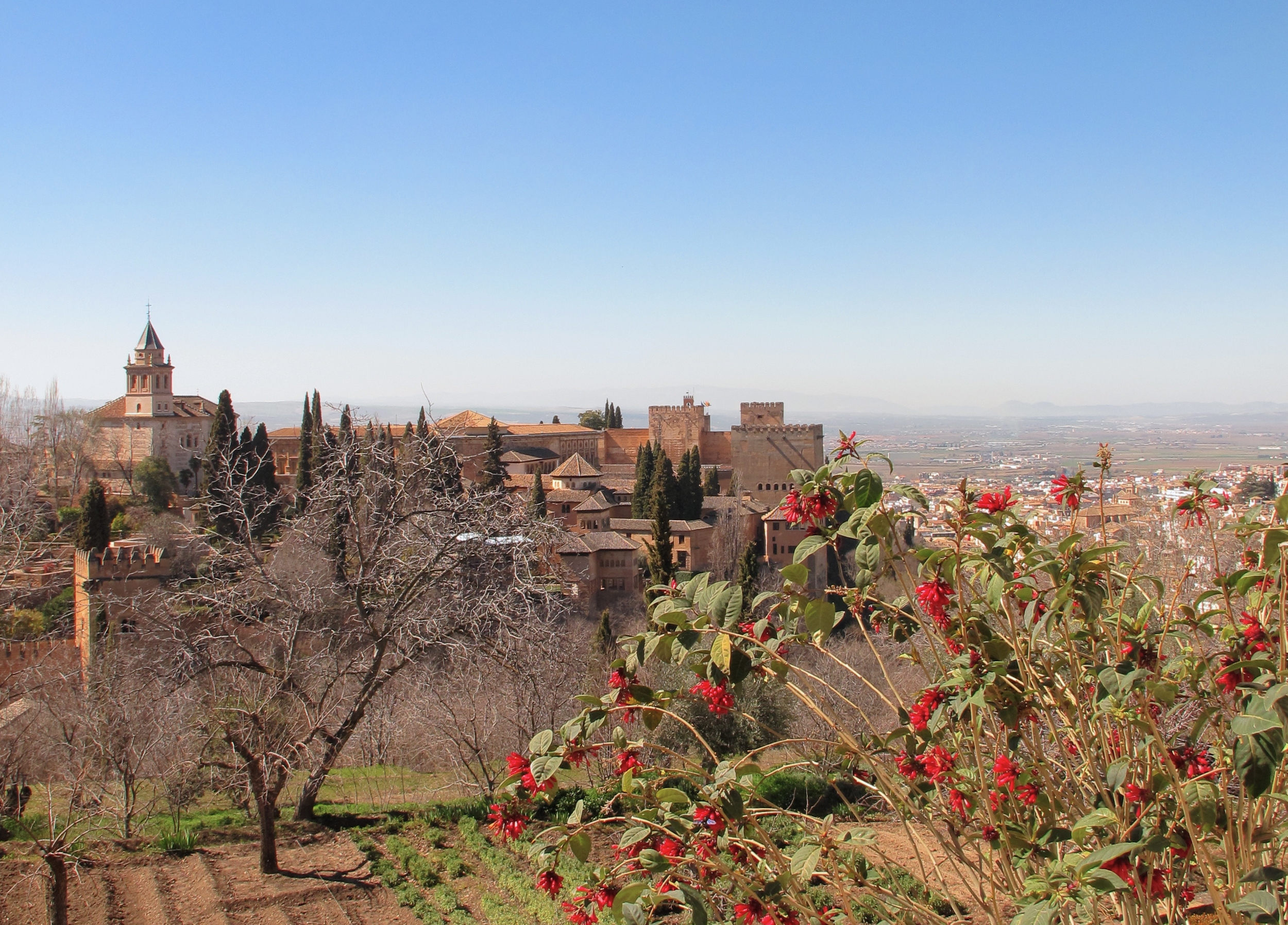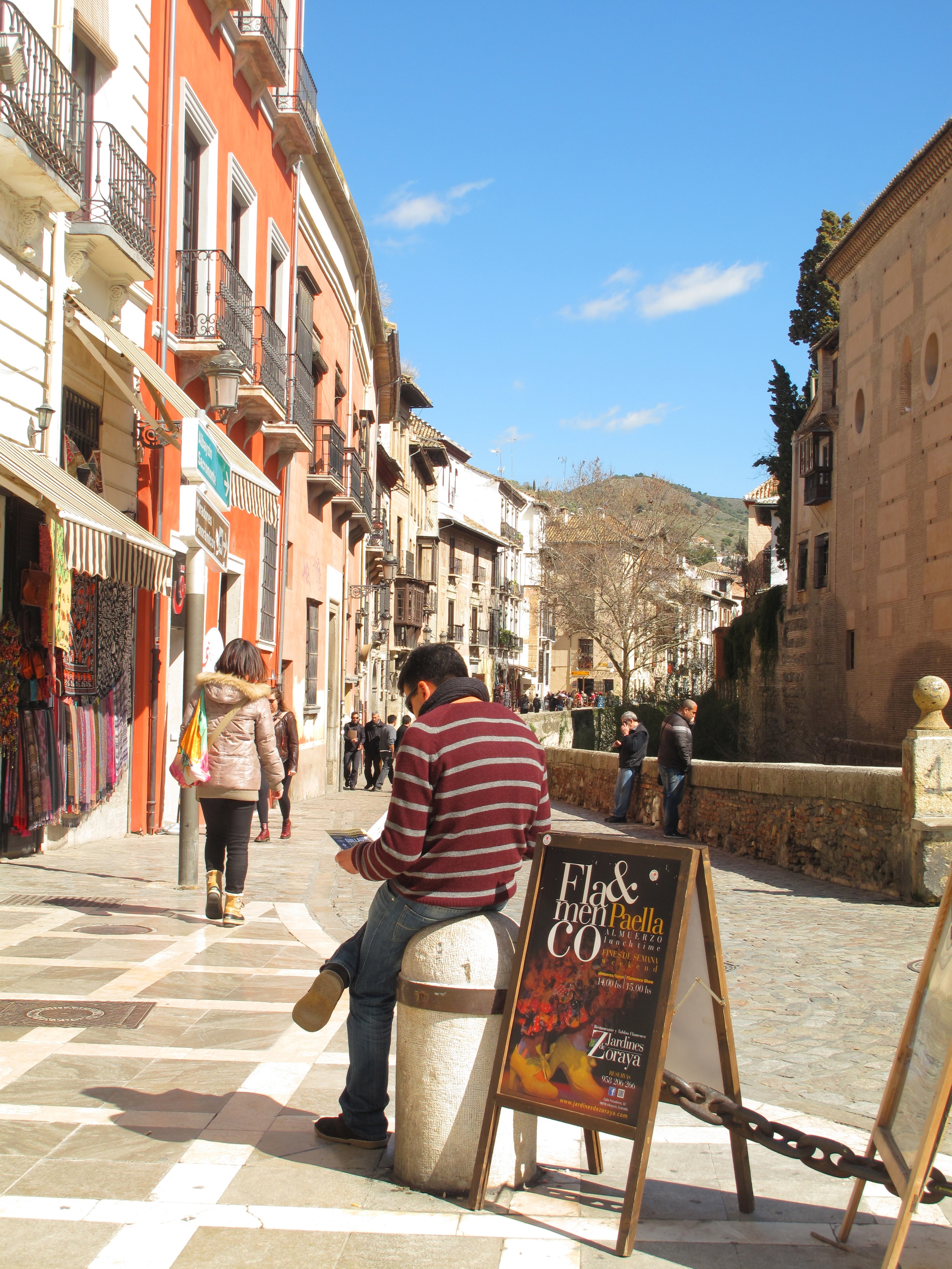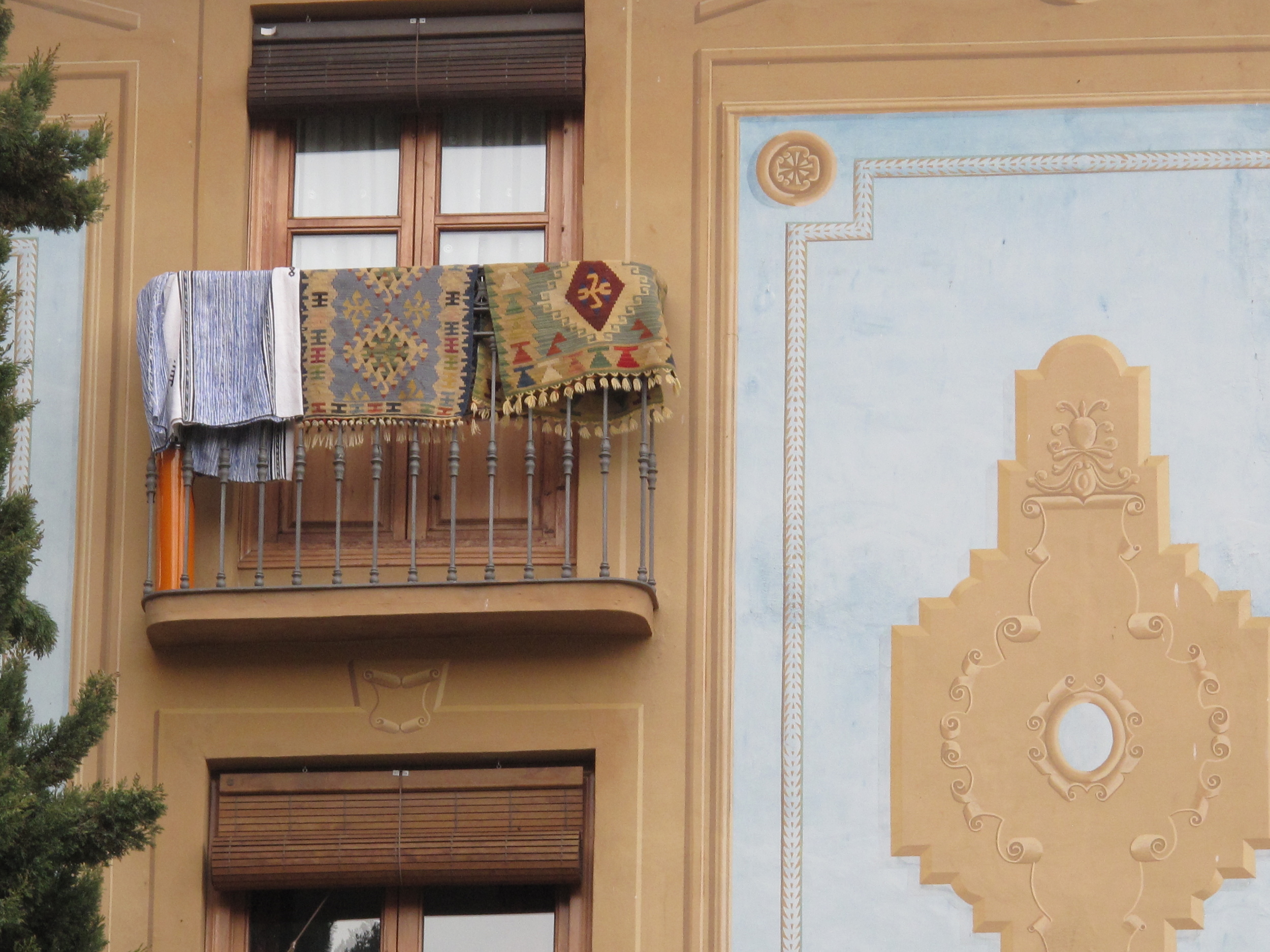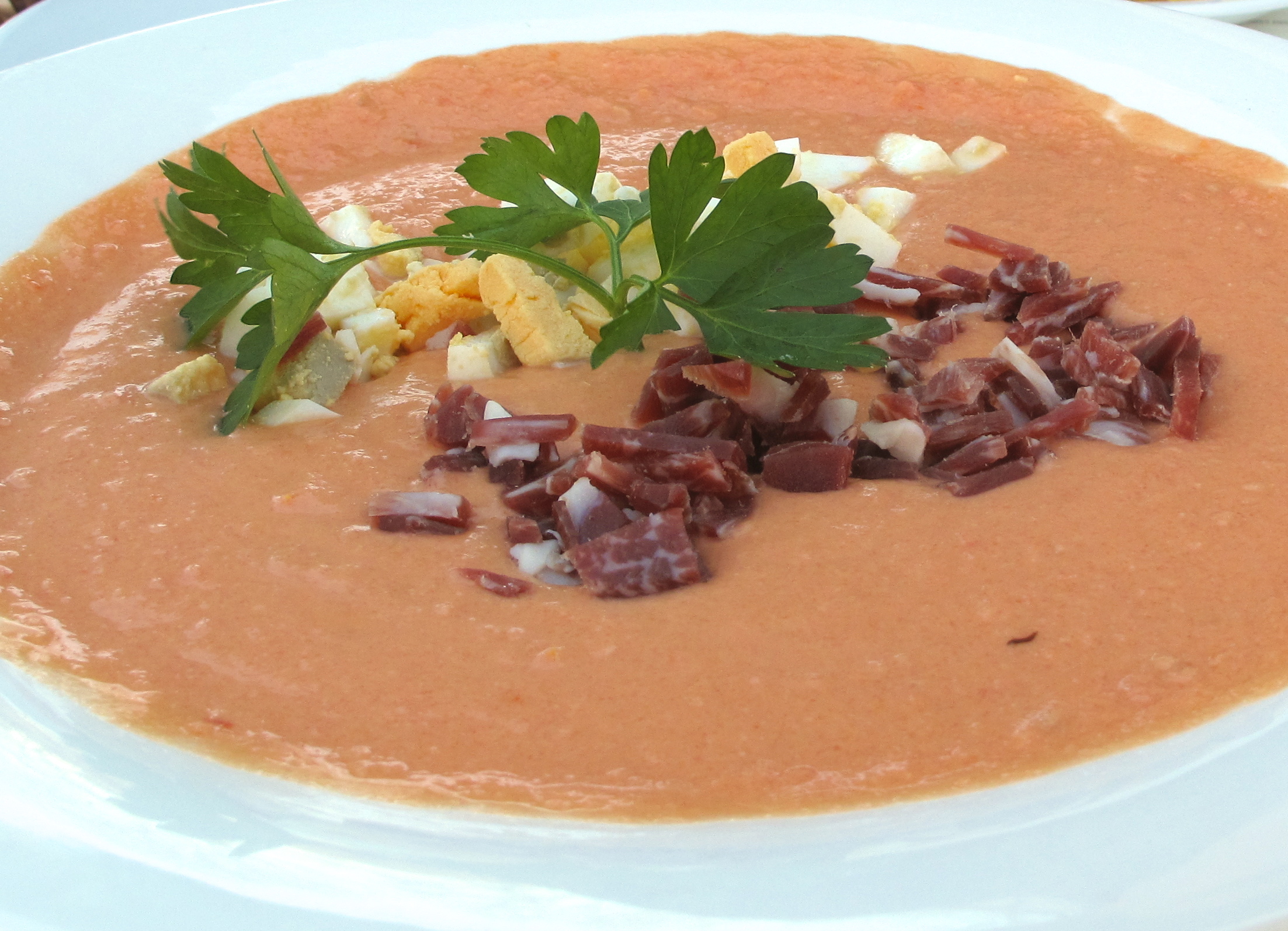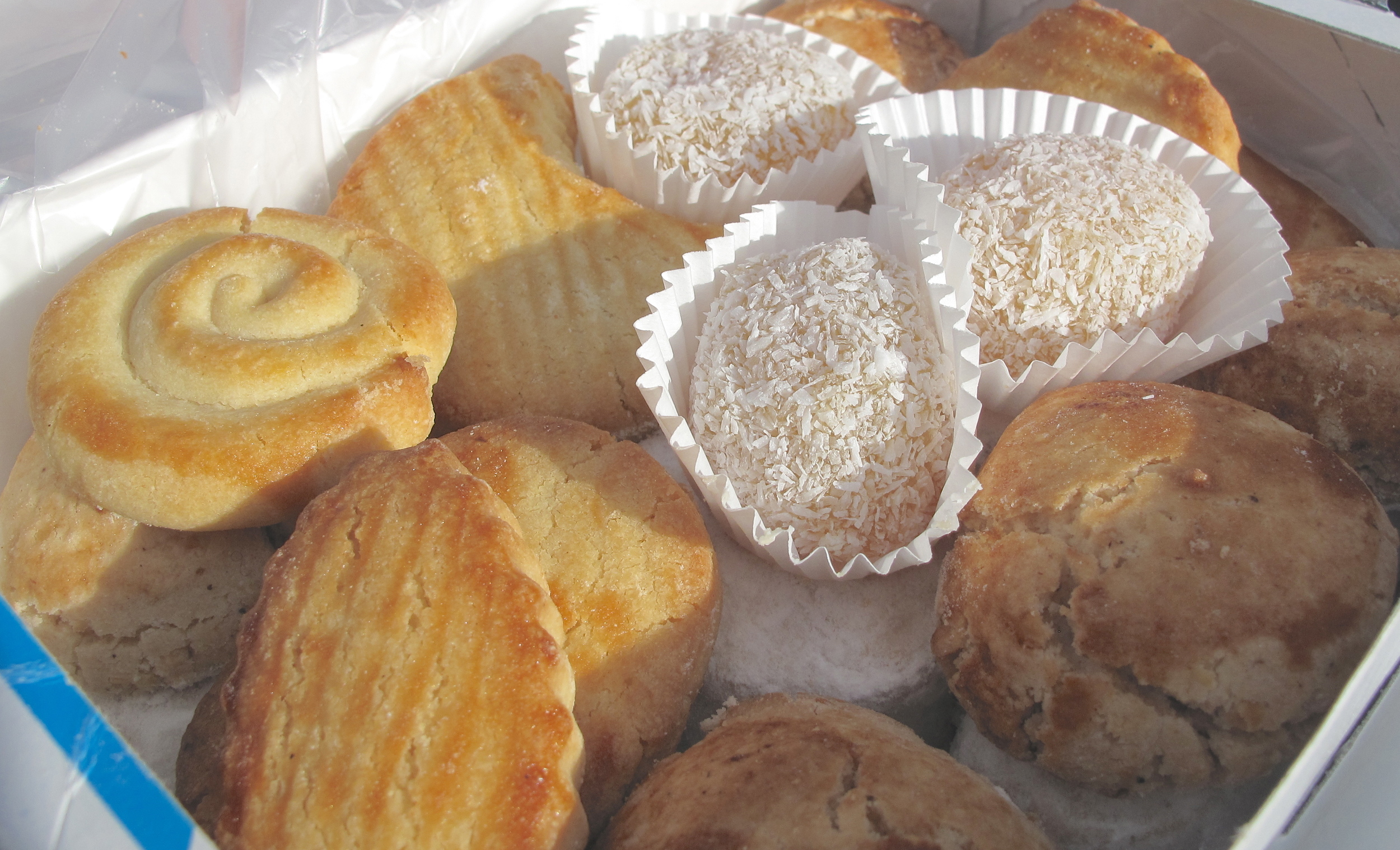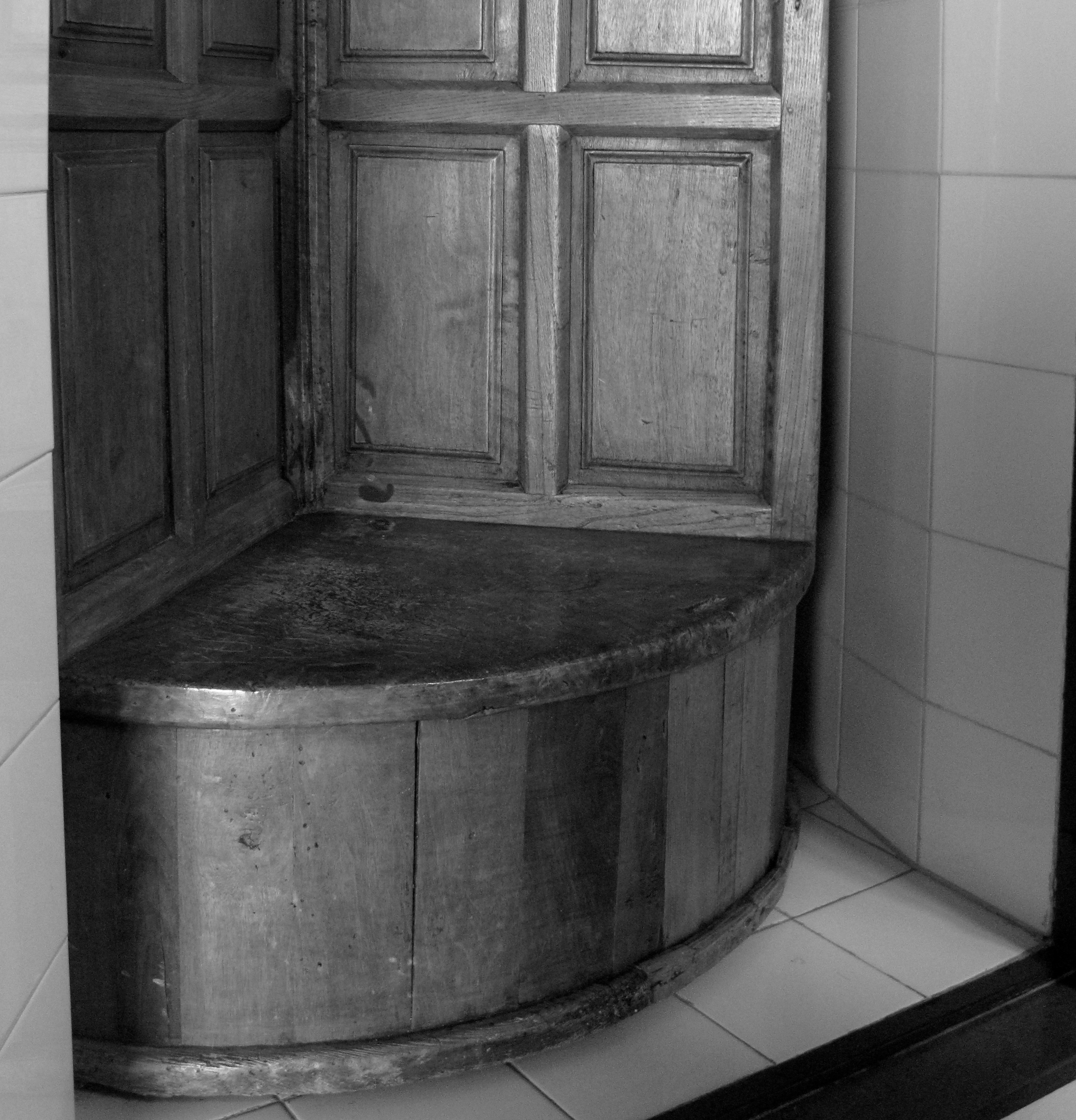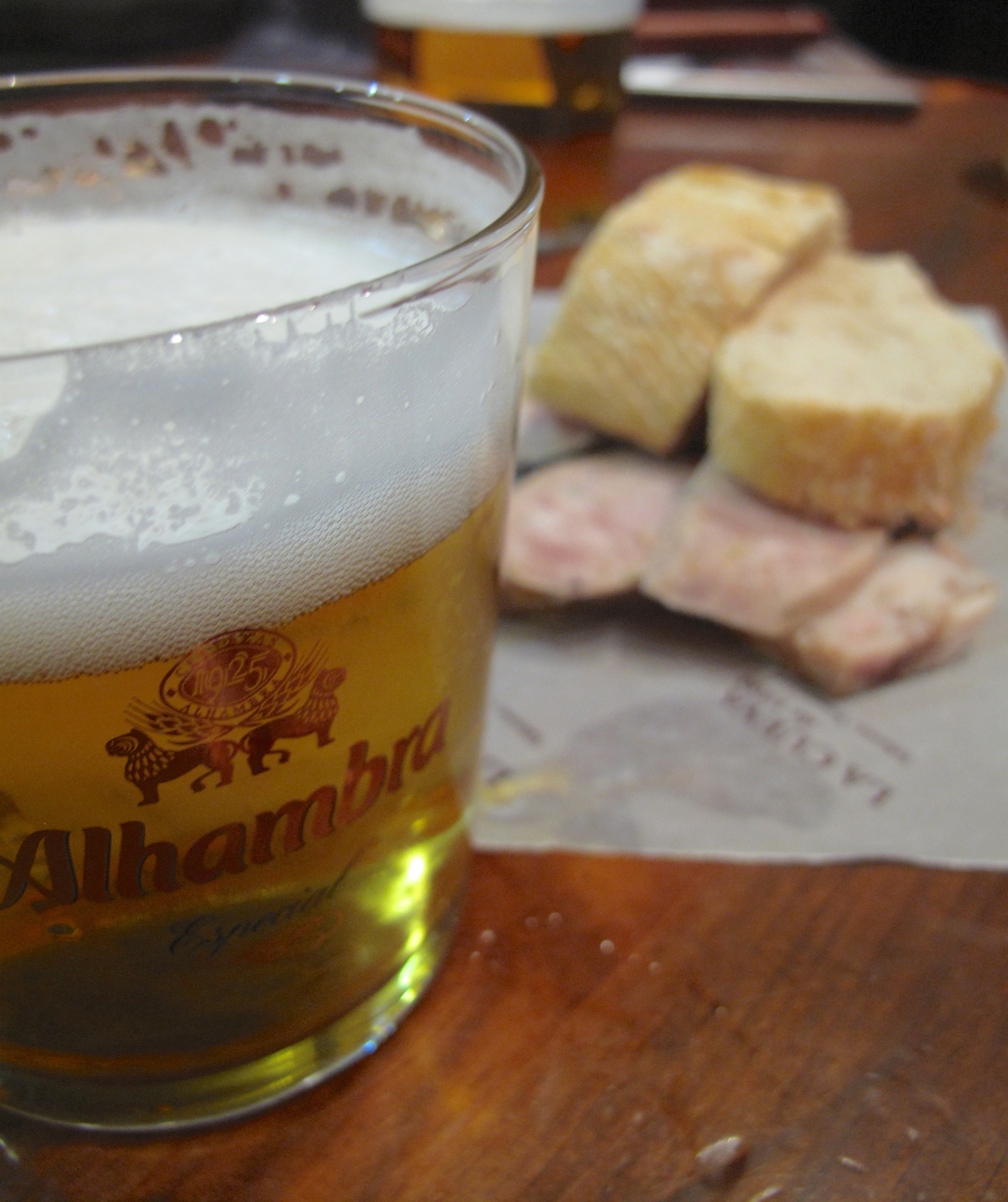“The test of a first-rate intelligence is the ability to hold two opposed ideas in the mind at the same time, and still retain the ability to function.”
ONCE UPON A TIME IN THE MID-EIGHTH CENTURY, AN INTREPID young man named Abd al-Rahman abandoned his home in Damascus, the Near-Eastern heartland of Islam, and set out across the North African desert in search of a place of refuge. Damascus had become a slaughterhouse for his family, the ruling Umayyads, who had first led the Muslims out of the desert of Arabia into the high cultures of the Fertile Crescent. With the exception of Abd al-Rahman, the Umayyads were eradicated by the rival Abbasids, who seized control of the great empire called the 'House of Islam.' This sole survivor was too young - he was in his late teens or early twenties - to be terrified at the odds against him, nor was his flight westward, towards what was the farthest frontier of the Islamic territories, as arbitrary or hopeless as it may have seemed.
Abd al-Rahman followed his ancestors trail and crossed the narrow strait at the western edge of the world. In Iberia, a place they were calling al-Andalus... he found a thriving and expansive Islamic settlement. Its centre was on the banks of a river that wound down to the Atlantic coast. The new capital was an old city that the former rulers, the Visigoths, had called Khordoba, after the Roman Corduba, who had ruled the city before the Germanic conquest. It was now pronounced Qurtuba, in the new Arabic accents heard nearly everywhere.
With Abd al-Rahman's arrival in 755, the fate of the House of Umayya was no longer a distant and abstract matter but the centre of local political turmoil. The wild turn of events, and its consequences, can perhaps only be imagined by conjuring the image of Anastasia, and what might have if she really had reappeared one day in Paris and unambiguously claimed the survival of the Romanovs. Abd al-Rahman was in some ways the quintessential Arab, the heir and descendent of the desert warriors who were the companions of the Prophet himself... This made it easy for him to claim the loyalty of the soldiers and settlers in this promising and fertile new land. The vexed emir of al-Andalus saw at least some of the handwriting on the wall and offered the young man permanent refuge in the capital city, as well as his daughter's hand in marriage. But the grandson of the caliph, the successor to the Prophet, and the supreme temporal and spiritual leader of the Islamic world, could not be so easily bought-off.
Abd al-Rahman assembled forces loyal to him... and one day in May 756, a battle outside the city walls of Cordoba decisively changed the face of European history and culture. Abd al-Rahman easily defeated his would-be father-in-law and became the new governor of this westernmost province of the Islamic world.
- Extracts from The Ornament of the World - by María Rosa Menocal
AFTER HE HAD GAINED POWER IN CORDOBA, PRINCE Abd al-Rahman proceeded to establish control over almost all of the Iberian peninsula. But in Cordoba itself, he focused his efforts on recreating all the grandeur of Damascus, his former home.
The new prince sponsored all kinds of artistic and architectural ventures, promoted agriculture, and, among other things, bought an old church from the local Christians with the intent of turning the site into a vast Mosque. Al-Andalus was about to enter what many would call the Islamic Golden Age.
A MULTI RELIGIOUS SOCIETY
The incredible beauty of the works that were produced in al-Andalus (what we now call Andulasia), is owed in part to the unique multicultural and multi-religious society that was living in the area at the time.
Whilst Islam remained the ruling religion, Christianity and Judaism were also tolerated. Christians and Jews were, for the most part, respected under Islamic law as dhimmis - People of the Book, and were thus protected. And smaller factions within each group also cooperated - Berber muslims lived alongside Arabs and Mullawads; native Iberian Christians mingled with Hispano Romans and the descendants of the Visigoths; and the Jews that had long been persecuted under the Visigothic rule, were now integrated into Islamic culture and politics, some holding influential positions in the Umayyad bureaucracy. Christian and Jewish doctors, architects and philosophers were all able to flourish under the Umayyad rulers.
Scholars may still argue over the amount of tolerance that was present in this golden age society, but none would argue the fact that this intermingling of faiths and ethnicities provided a rich environment for Andalusian arts.
A CATHEDRAL & A MOSQUE
In so many ways, the old Cathedral of Cordoba acts as a tangible representation of the society in which it was built. A church encased in a mosque - two opposing ideas held inside one large entity...
The details themselves are reminiscent of a time when multiculturalism was the norm, before the pogroms and inquisitions of the Reconquista. The pillars of the mosque are an eclectic mix - some salvaged from roman ruins, some carved by Muslim architects, who would initial their own work.
Even after the Reconquista, the resurgence of Christianity, and the implanting of that Cathedral within the confines of the old Mosque, the effects of an intermingled society lived on in Andalusian art and architecture. A hybridized style began to form in this area, called Mozarabic art. While Arabic Islamic art was typically limited to the depiction of patterns and geometries, and the typical Catholic art of the time depicted allegorical scenes of people, animals and plants, the art of Andalusia shows a combination of both these aspects, with the incorporation of flowers into Arabic patterns, and the exemption of exterior decorations in churches and synagogues.
SMALL WONDERS OF CÓRDOBA
INSIDE THE MOSQUE AND CATHEDRAL
The realisation of the immense SPACE that is the old mosque -a feeling magnified by the repeating geometry of the columns and two-tiered symmetrical arches.
Inspecting a small inscription - a carving of initials done by a Muslim architect a millennium or more before I was even born. A sign of the humanity of the past.
The light that filtered through the high windows, narrowed into a perfect beam as if caught by a prism.
Peeking through a keyhole in an old wooden door, and spying a golden figure of Jesus on the cross, laid carefully in the middle of a table of red silk.
Losing sight of my uncle and aunt among the pillars, becoming lost myself, and catching eery glimpses of figures shifting between the shadows.
The fact that the olive tree in the courtyard dates from the eighteenth century.
OUTSIDE IN THE CITY ITSELF
Fallen oranges collected in buckets under the topiary-like trees.
Dogs roaming freely on the streets.
Church bells ringing at dawn.
Hundreds of hidden courtyards, each one a garden. Some with fountains, others with walls of trailing plants.
The bare painted walls of a Jewish synagogue, uncovered after centuries of overlaying façades.
The sound of fresh dates falling on the dusty ground, from towering palm trees.
A cat with green eyes at the castle.








































